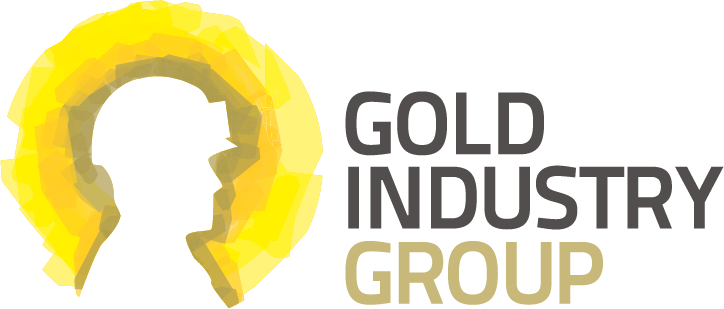We recently spoke to James Koerting, Energy Manager at Gold Fields, about his visionary mission to create the $113 million Hybrid Renewable Energy Microgrid Project at Agnew Gold Mine, ahead of him presenting the project virtually at this year’s Energy & Mines Summit.
TELL US ABOUT YOUR MOST REWARDING CAREER ACHIEVEMENT?
Climate change is real and threatens to negatively impact the livelihoods of the global population for generations.
I am passionate about reducing carbon emissions in the resources sector, and have been the driving force and project manager behind the $113 million Agnew Hybrid Renewable Energy Microgrid Project as well as an eight-megawatt solar/battery project at the Granny Smith mine.
I championed the idea to integrate solar/wind/battery storage with gas backup to power the Agnew mine in the northern goldfields, a ground-breaking application of the technology in a mining context.
After investigating and demonstrating the capability of the technologies, I was responsible for end-to-end project management: negotiating 30+ contracts; securing Federal Government funding through ARENA’s Advancing Renewable Energy Scheme; procuring gas; and acting as client representative for the construction and commissioning of the infrastructure.
The first of its kind in Australia, the project will meet over 50% of Agnew’s power requirements through renewables, reducing emissions by 40,000t CO2-e annually.
WHAT WERE YOUR BIGGEST SET-BACKS OR CHALLENGES?
Accepting responsibility for project delivery is a commitment to the constant threat of setbacks – this project was no different.
Approval delays halting construction; the Federal Election halting ARENA’s funding approvals; scope changes; and (unusually) a stink-bug infestation resulting in the extended quarantine of key plant, all presented unique challenges.
From a personal perspective, the past two years have been particularly challenging. Taking on the management of two high-profile renewables projects, whilst providing ongoing support to our recently constructed power station at Gruyere, all while juggling the responsibilities of a young family of three girls.
The additional workload of an MBA programme has, at times, made ‘work-life balance’ illusory, but I have drawn on the support of family and colleagues, and been open about my challenges. I hope the way I have been open and communicative about work and family will help influence some traditional paradigms, particularly for men in resources.
WHAT DO YOU THINK ULTIMATELY DETERMINED YOUR SUCCESS?
Delivering (as project lead) multiple remote power projects enabled me to build the requisite technical, commercial, and legal expertise to execute the Agnew project with a small in-house team, minimising external resourcing costs, and maximising internal capability for future project development.
Underpinning successful project delivery was a broad network of relationships built with industry professionals, project proponents, and Government representatives, from years of active participation in the energy space, which helped get the right people to the table.
Finally, having confidence in my own ability to get things done; and my willingness and ability to influence management to take considered risks were critical in delivering this project.
HOW DO YOU THINK THIS PROJECT WILL IMPACT THE INDUSTRY?
The Agnew hybrid power project has put WA on the map as a centre for innovation in renewable energy, not only demonstrating the technical and commercial feasibility, but also enabling the development of the capacity of firms in WA who construct, own and operate these types of remote facilities, assisting a pipeline of future WA renewables projects.
It also proves an important opportunity to showcase the commitment of the WA resources sector to environmental stewardship and more sustainable practices.
WHAT DOES RENEWABLE ENERGY MEAN TO YOU?
I grew up being amazed by the wonders of nature, spending my summer weekends as a scuba diver exploring the beauty our planet has to offer.
As an adult with a career in mining, I became disillusioned on seeing first-hand how the industry was affecting this beauty, creating conflict between my personal ideals and professional aspirations. Travelling in Asia I saw smog-plagued cities, whilst in Europe I saw fields towering with wind turbines, and I knew what sort of world I wanted to live in, and the enormous opportunity to instigate real change from within the resources industry.
Powering my own home with solar demonstrated to me how effective this technology is and fuelled my passion to raise the bar on the large-scale application of clean energy. Taking on industry-scale projects has played to my innate desire to challenge the status quo and do better; my natural appetite for risk; thirst for learning, and the strong value I place on professional relationships and teamwork.
Above all, no matter how complex and challenging things get, I’m prepared to keep driving forward with a belief that there will always be a solution, and the right outcome will present itself eventually.
WHAT PIECE OF ADVICE WOULD YOU GIVE SOMEONE CONSIDERING A CAREER IN AUSTRALIA’S GOLD INDUSTRY?
I have worked in the resources sector and particularly gold since the day I left university and have enjoyed every minute. New challenges and opportunities have continued to present themselves as my experience and capabilities have grown. Never as a graduate engineer had I imagined I would be managing the regional energy portfolio for Gold Fields and building projects as exciting as at Agnew.
So, for someone considering a career I would say, don’t just think about where you are going to start in the gold industry, try to imagine where it could take your career.

